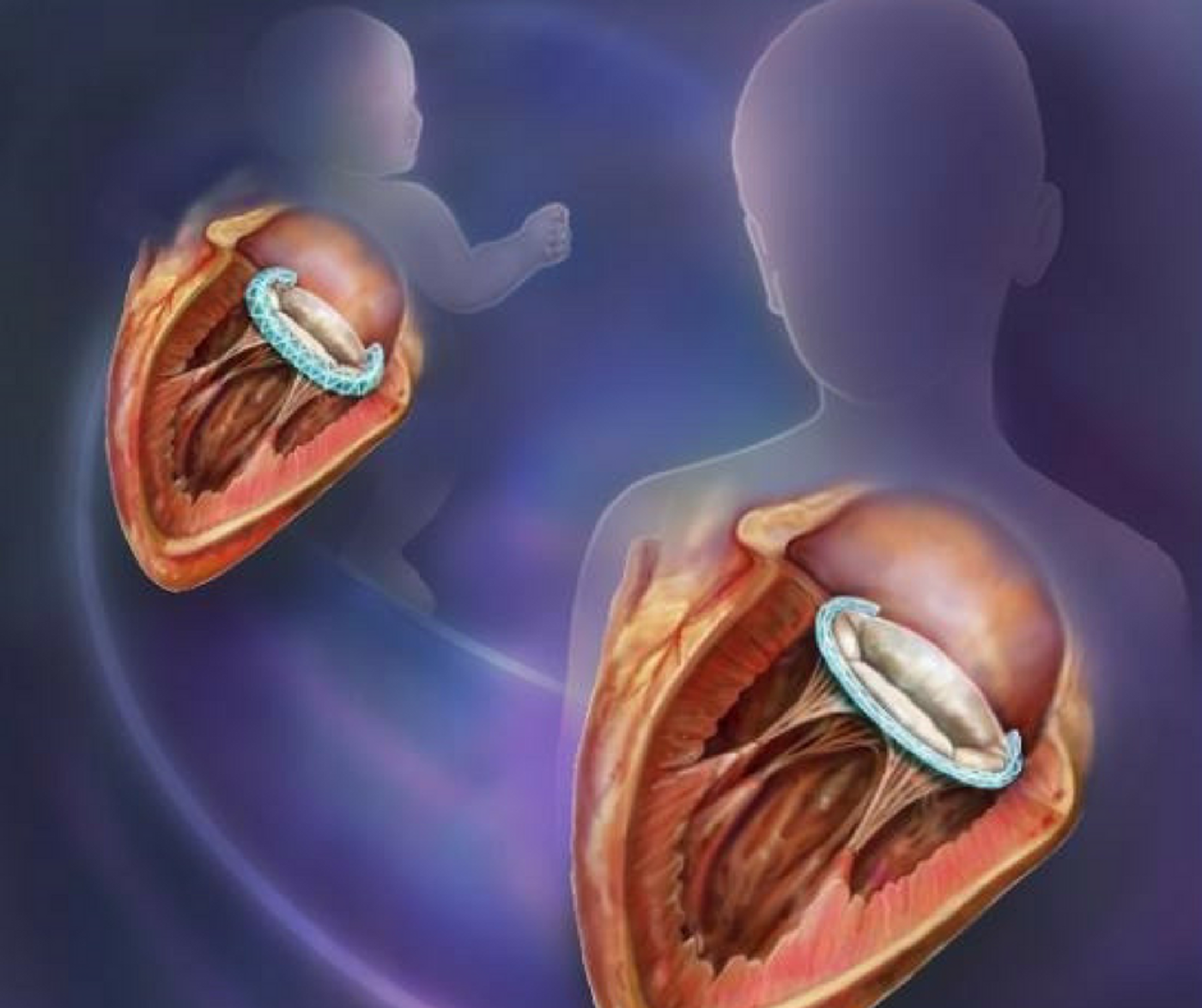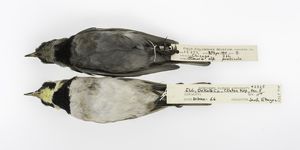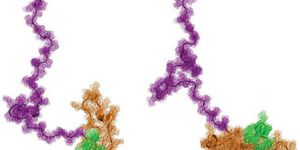New Device to Fix Heart Defects Grows As the Baby Grows
Every year, thousands of babies are born with heart defects that require multiple surgeries to fix during their first months and years of life. Fixed-size medical implants to repair a “broken” heart just aren’t good enough, as babies quickly outgrow them. But now, from Brigham and Women’s Hospital and Boston Children’s Hospital, researchers introduce a unique new implant that grows as the baby grows.
"Medical implants and devices are rarely designed with children in mind, and as a result, they almost never accommodate growth," explained co-senior author Pedro del Nido, MD. "So, we've created an environment here where individuals with expertise and interest in medical devices can come together and collaborate towards developing materials for pediatric surgery."
The new growth-accommodating implant is made up of two components, made up of things that already exist in the human body: a biopolymer core that degrades over time, and a “braided, tubular sleeve” that grows over time in response to the growing tissue all around.
Researchers compare the design to a Chinese finger trap. “We can tune the core to degrade predictably over a predetermined amount of time,” said Jeff Karp, PhD.
"As the inner biopolymer degrades, the tubular sleeve is becomes thinner and elongates in response to native tissue growth,” explained co-first author Eric Feins, MD.
The proof-of-concept was convincing enough for biomedical device company CryoLife Inc., which is now working on turning the technology to reality. In theory, the new implant would be inserted during a procedure called valve annuloplasty, where surgeons go in to repair leaking mitral and tricuspid valves in the heart.
"We solved this problem of growth accommodation with a concept that already exists in nature: the octopus has a special ability to stretch its arms into confined cracks and spaces between rocks, in search of its prey," explained co-first author Yuhan Lee, PhD. "It can do this because of unique, braid-like crossfibers of connective tissue that enable the simultaneous elongation and shrinking diameter of its arms, allowing it to extend its reach two to three times beyond the original arm length."
Whether it’s more like a Chinese finger trap with its braided, expanding design, or an octopus that can stretch and grow to fit into seemingly too-small spaces, the new growth-accommodating implant could have a huge impact on the lives of those born with heart defects and their families. Repairing structural defects in the heart often requires multiple procedures, with heart valves needed constant maintenance. The new implant might offer more of a one-size-fits-all, one-time fix type of repair. Only time will tell.
The present study was published in the journal Nature Biomedical Engineering.
Sources: Brigham and Women’s Hospital, The Children’s Heart Foundation









